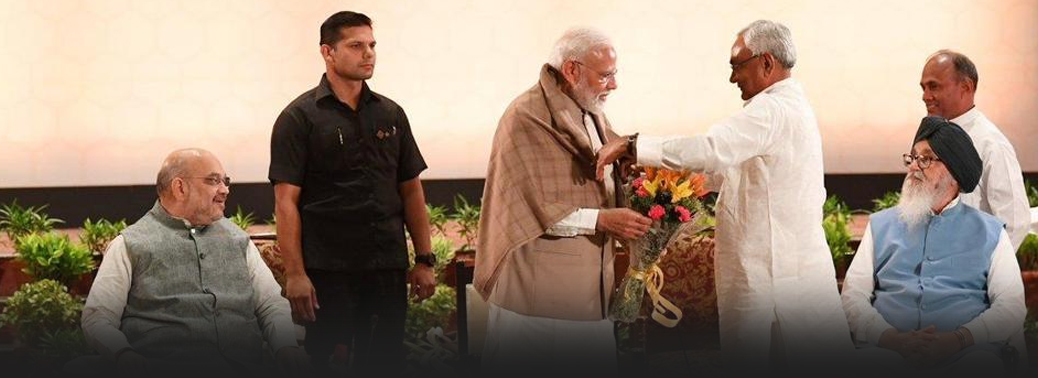PLUG AND PRAY: PARSI PRIESTS GO HIGH TECH
22, May 2019

Prelims level : History
Mains level : GS-I Indian Heritage and Culture, History and geography
Why in News:
- The Parsi community is innovating to save its age-old traditions due to decline in its population.
Background:
- It has digitised its prayers, and Parsis can now plug in their earphones or tap their phone screens to learn them. The range covers advanced ones recited by priests to everyday chants for households.
- The exercise aims to not just improve access for the young and the elderly, but to provide a reference for priests.
Who are Parsis:
- Zoroastrianism is the pre-Islamic religion of Iran which survives today in small pockets in Iran and to a larger extent in India. Today, the descendants of the Zoroastrians are called Parsis in India. Zoroastrianism is one of the oldest religions in the world.
- Zoroastrianism was founded by Iranian prophet and reformer Zoroaster or Zarathustra. He lived before the 6th century BC. He was born into a polytheistic religion and was a priest. He rejected the prevailing religion of the Bronze Age Persians because of its class structure and many gods. He was also against animal sacrifices and the usage of the Haoma plant (Vedic Soma plant) in rituals.
Zoroastrianism Beliefs
- Zoroastrianism is a monotheistic faith. One of its core principles is the dualistic cosmology of good and evil. Zoroastrianism believes in a supreme deity of wisdom called ‘Ahura Mazda’. Other features of Zoroastrianism are messianism, heaven and hell, judgment after death, free will, etc. It has influenced other religions like Christianity, Second Temple
- Judaism, Buddhism, Islam and Gnosticism. The religion rejects all forms of monasticism. It believes in the soul but not in reincarnation (although a sect in India called Ilm-e-Kshnoom does believe in reincarnation). Water and fire are considered elements of ritual purity. These two elements are very important for Zoroastrians. A Zoroastrian place of worship is called a Fire Temple.
- The holy book of Zoroastrianism is called the Avesta. It is a collection of sacred scriptures and contains the Gathas, which is considered the core of the Avesta. Zoroaster is believed to have composed the Gathas himself.
Zoroastrianism in India:
- After the Islamic conquest of Persia in the 7th century CE, the Zoroastrianism religion gradually declined in its country of origin. By the 11th century, most of the Iranians had become Muslims. Currently, they are a small minority in Iran.
- Today, India is the home of the largest Zoroastrian population in the world. Facing Islamic onslaught of conversion and discrimination in their homeland after the Islamic invasion of
- Iran in the 7th century onwards, many Zoroastrians migrated to Gujarat in India. Their descendants are now called Parsis (meaning Persian in Gujarati). Today, there are less than 70,000 Parsis in India because the community has a dwindling growth rate. Although less in number, they are a highly successful group.






